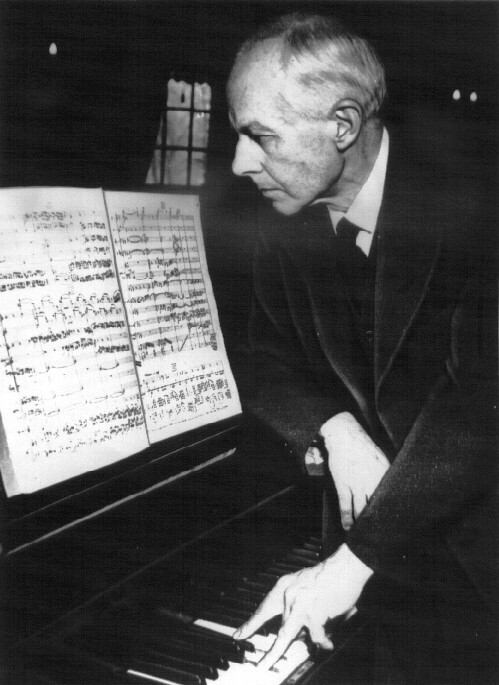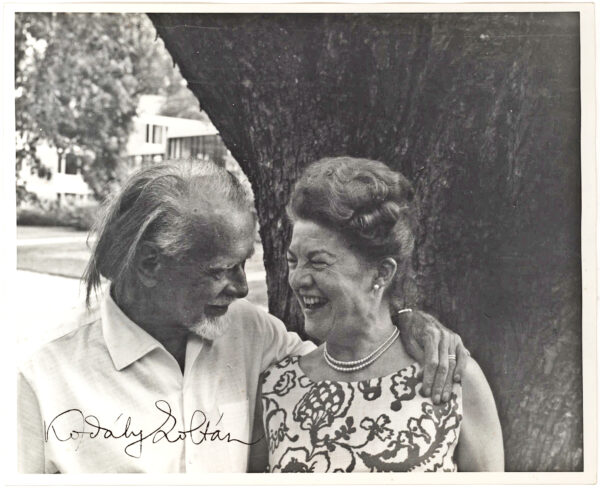I am attaching 2 programs to this letter, one in case, after all, my songs should not be performed in concert.
I am leaving for England around the 10th of March, where, around that date, I will send you my exact address and the date of my arrival in Paris…”

Bela Bartok
The mid-18th century reorganization of the Hapsburg Empire into separate Austrian and Hungarian states fomented a Hungarian nationalism that deeply influenced Bartók and his music. Beginning in the early 1900s he began to employ Hungarian folk melodies into his compositions, and the 1904 Budapest performance of his symphonic poem Kossuth, which memorialized the father of Hungarian democracy, brought him much acclaim. It was not unusual for composers to model their work on popular folk tunes but Bartók strove towards something more authentically Hungarian. “In 1904 he made his first notation of a Hungarian peasant song, sung by a young girl in the Gömör district, and this discovery drew his attention to the treasury of indigenous song which might contain innumerable ideas for ‘serious’ composition,” (The New Grove Dictionary). His goal became the popularization of folk music, but the first fruit of his studies, Hungarian Folksongs, produced with Zoltán Kodály in 1906, was far from popular. Instead Bartók’s emphasis shifted to scientific research and he traveled the countryside recording folk music wherever possible.
In 1905, Kodály began recording Hungarian folk songs, on which he based his thesis “Strophic Construction in Hungarian Folksong.” A shared interest in folk music led him to a lasting friendship with Bartók, to whom he became a mentor. Among Kodály’s compositions are numerous works for orchestral, chamber and choral works including his Psalmus Hungaricus, and the folk operas Háry János and Székelyfonó.
Our letter regards Bartók’s concert tour through England that lasted from mid-March to April 3, 1922. “The tour consisted of three public concerts, one each in London, Aberystwyth [Wales] and Liverpool and at least three private engagements. So keen were the critics to write about Bartók that reviews were published of all the public concerts and even two of the private ones,” (“Bartók in Britain: 1922,” Music & Letters, Gillies). On the verso of our letter, Bartók has outlined a two-part program noting the works to be performed by him and Kodaly and including the duration for each section in red. In so doing, Bartók has signed this page six times (twice “Béla Bartók,” once “B. Bartók” and thrice “Bartók”). The works be performed by Bartók include his Elegie No. 1, Op. 8b, Suite, Op. 14, 2 Burlesque, Op. 8c, Improvisations sur des chansons paysannes hongroises, Op. 20, and the Sonate pour violon et piano, Op. 21.
French aristocrat, left-wing activist and writer Antoinette Corisande Élisabeth (née de Gramont), Duchess of Clermont-Tonnerre (1875-1954) is best known as the longtime lover of American writer Natalie Barney and close friend of French author Marcel Proust.
Normal folding and in fine condition.








